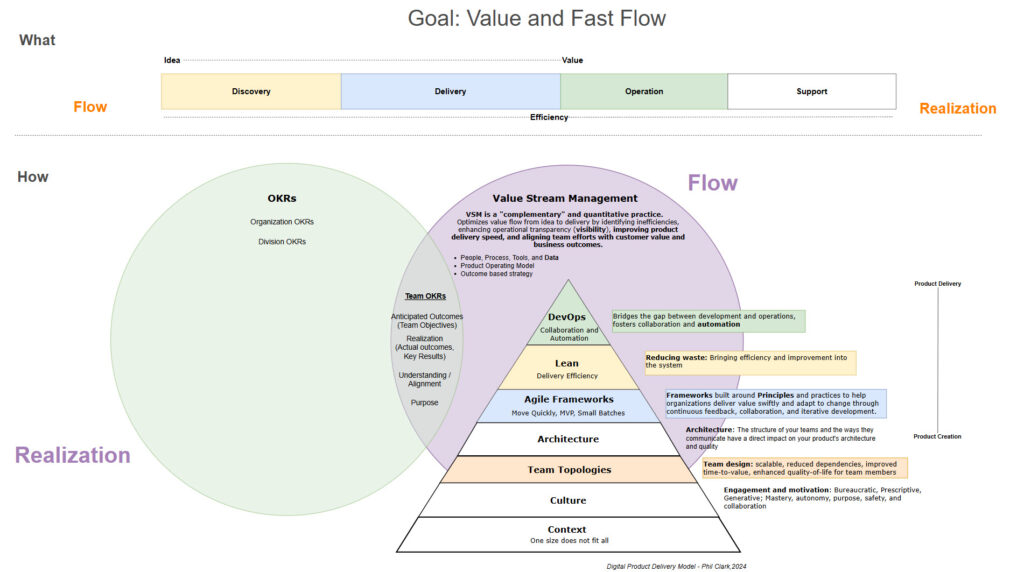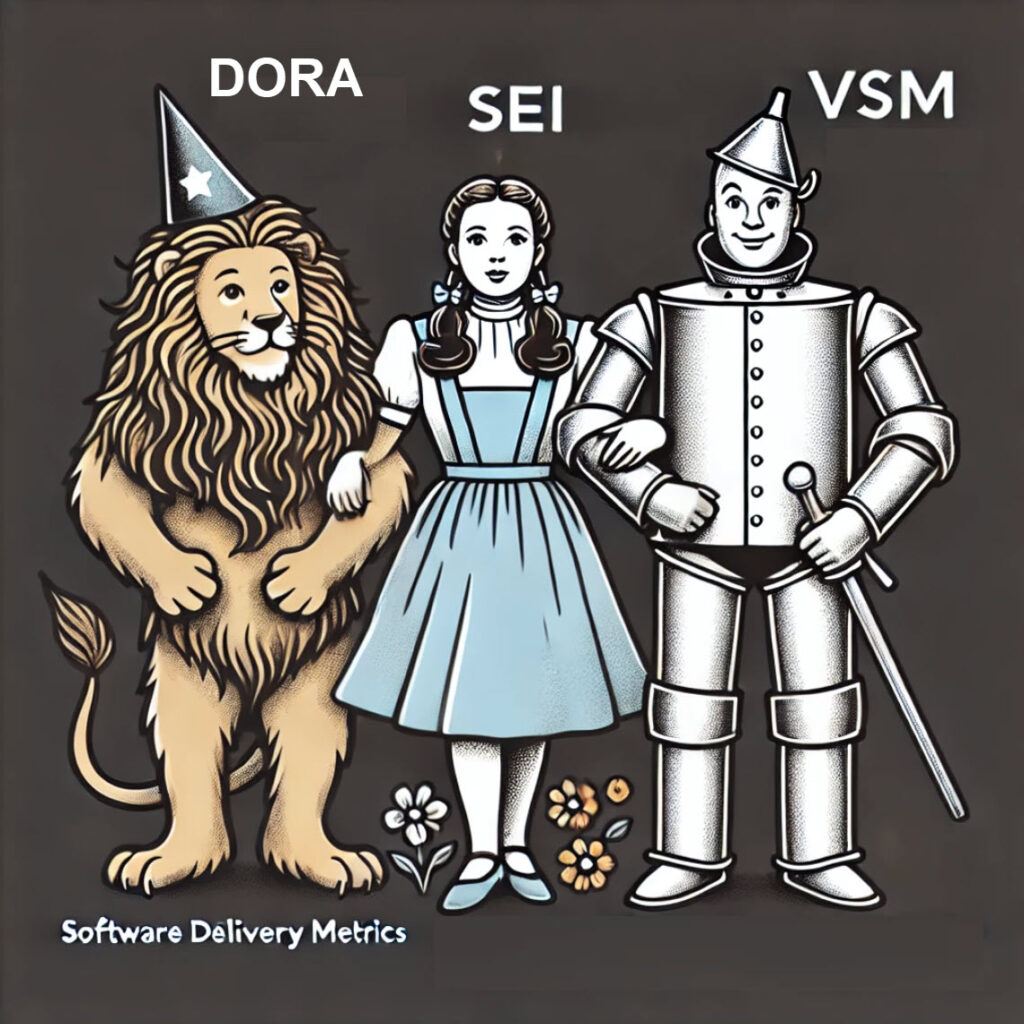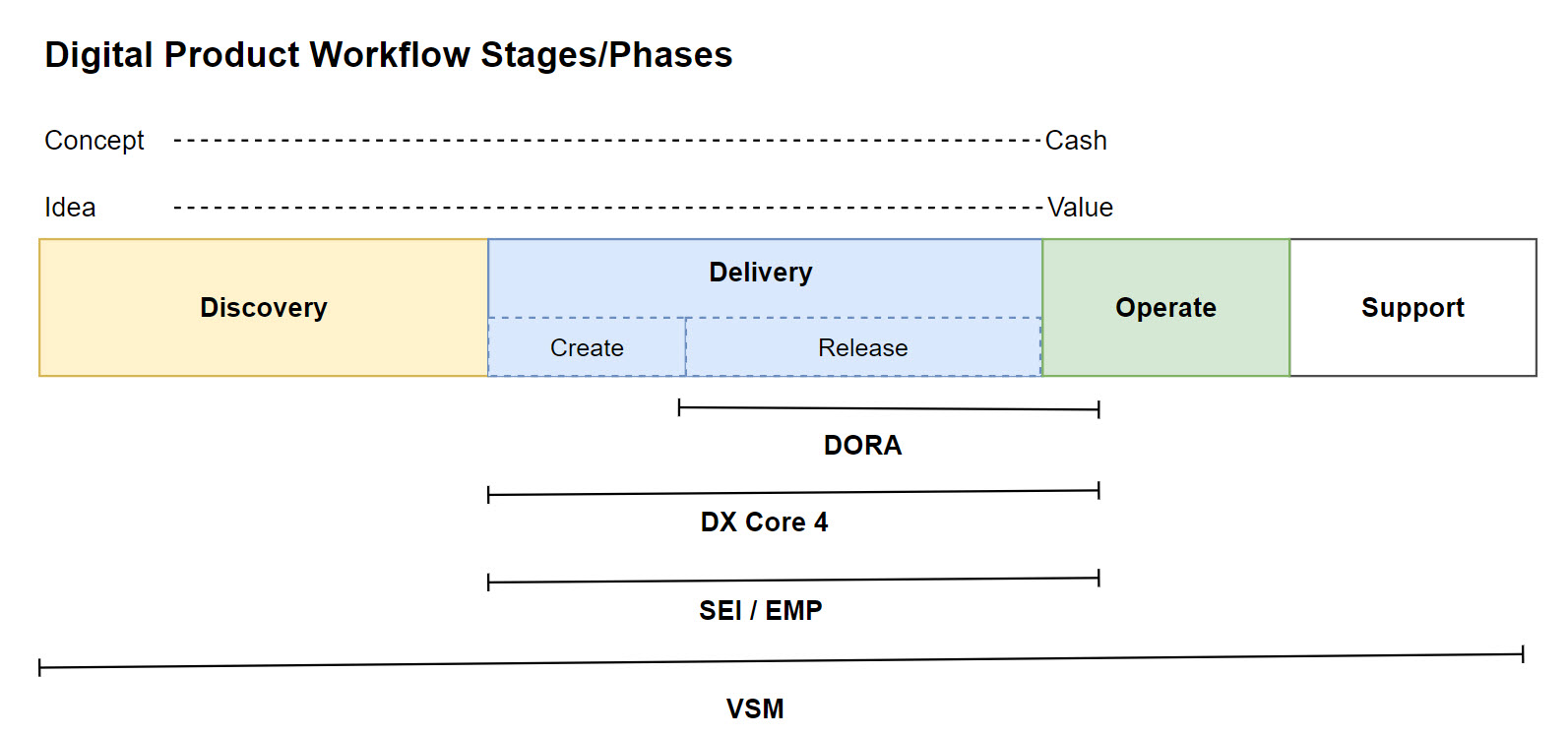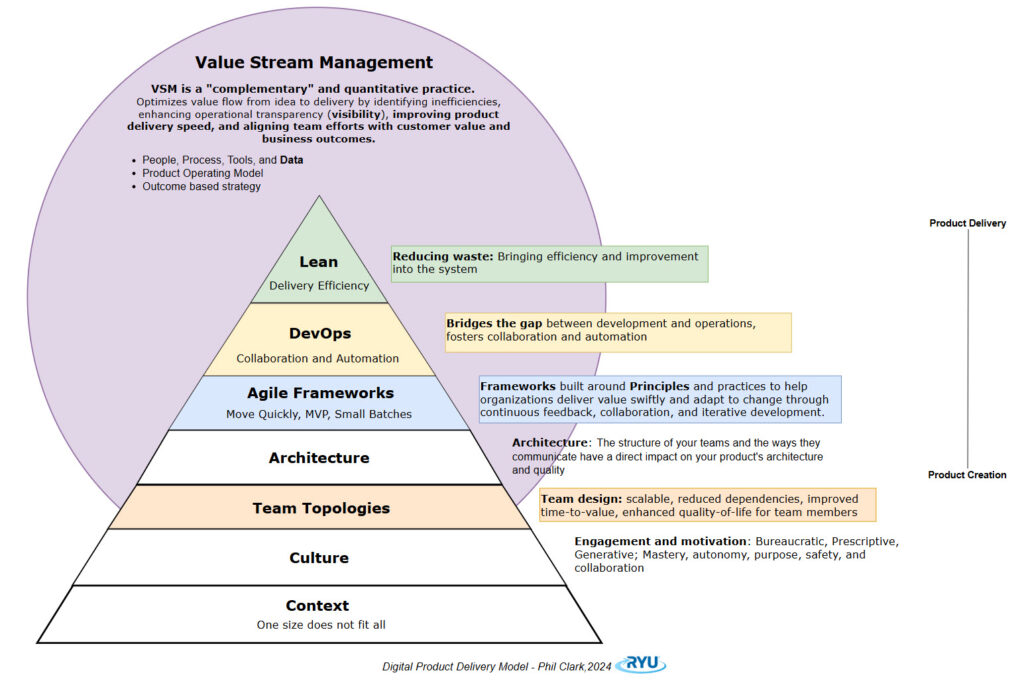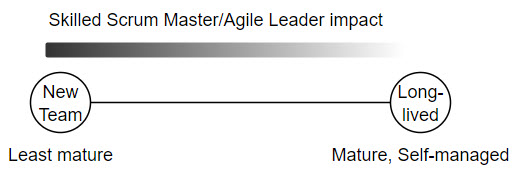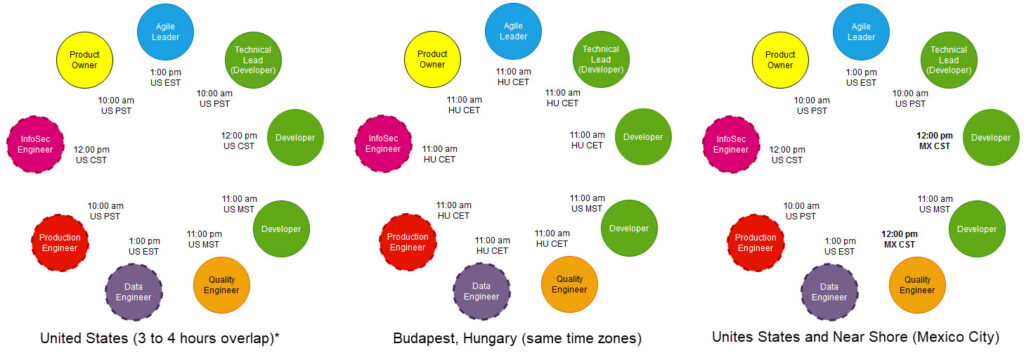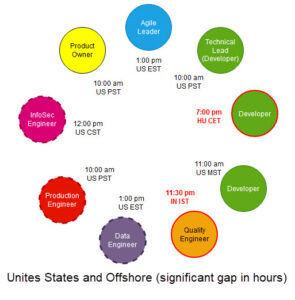6 min read
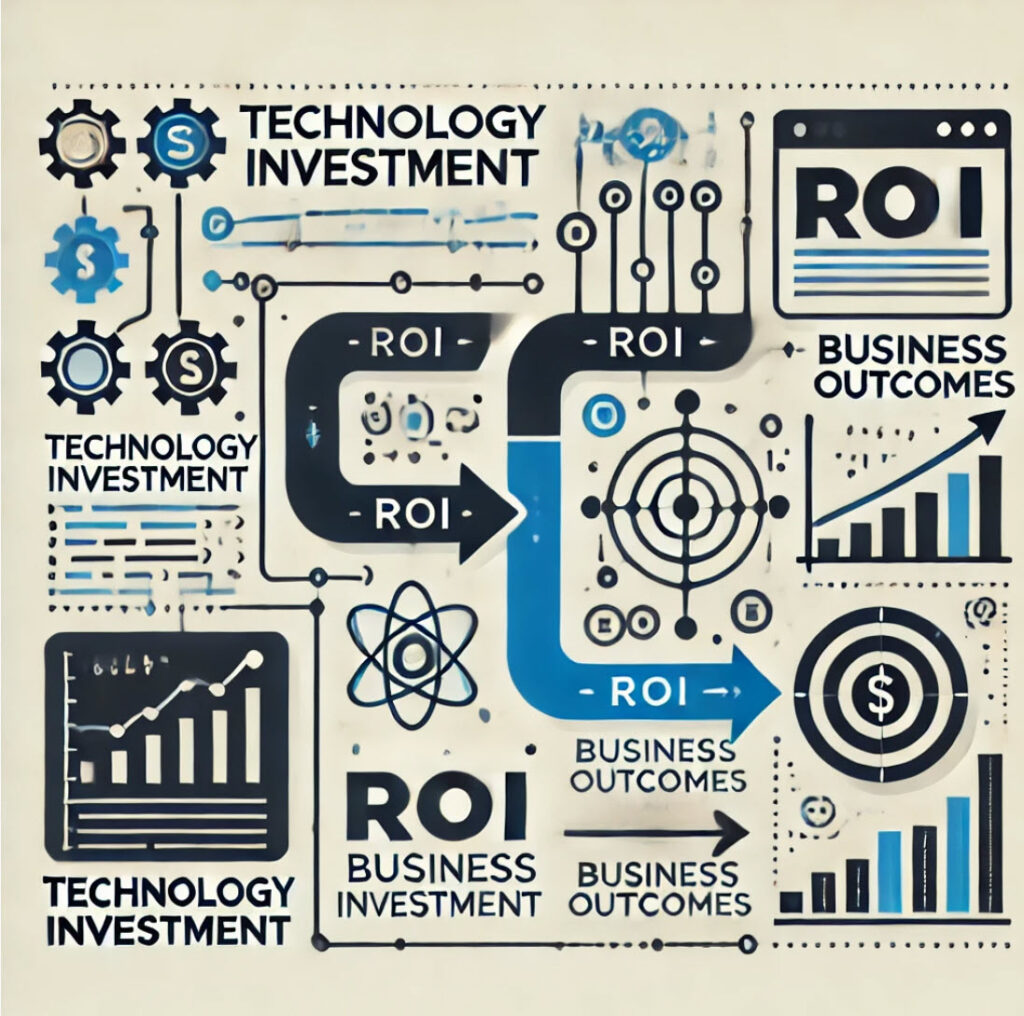
This post is the first installment of my three-part series on connecting technology to business outcomes. In this foundational article, I delve into how organizations can redefine the value of software engineering by aligning technical efforts with measurable business results and customer impact.
Introduction
As a software engineer and technology leader with 25 years of experience spanning both waterfall and agile eras, I’ve heard the same refrain: “Technology is a cost center.” I’ve participated in reduction-in-force initiatives, stacked ranking exercises, and engineering team cuts—all driven by this persistent mindset. This experience has shaped my mission today: fundamentally changing how organizations view technology investments by directly linking our work to business and customer outcomes.
The Problem to Solve
The fundamental challenge in technology leadership has remained constant through every era: how do we effectively link and communicate the ROI of our engineering investments? This challenge can be addressed as organizations shift to a product operating model and embrace Value Stream Management (VSM). These frameworks focus on aligning work with value streams that deliver measurable business and customer outcomes, ensuring that engineering efforts are tied directly to strategic priorities.
Technology roles, commanding some of the highest salaries in modern organizations, often become prime targets for cost reduction initiatives. The math seems simple on paper—reducing engineering headcount produces an immediate, significant impact on the bottom line. Yet calculating true costs and ROI becomes complex when team members are shared across multiple initiatives. Modern organizations are solving this through intentional team design: implementing stable, cross-functional teams with dedicated software engineers and selective sharing of specialized roles like Product Managers and Agile Leaders across a limited number of teams. By moving work to teams rather than moving people between teams, organizations can more accurately track costs, measure value delivery, and demonstrate ROI at the team and value stream or product level.
For many senior leaders, the world of digital products, systems, and software engineering can feel like an entirely foreign language—and for good reason. Despite its critical role, technology efficiency and performance are often treated as a “black box” within organizations. Meanwhile, departments like Marketing, Sales, and Product consistently align their efforts with measurable business outcomes.
This disconnect creates a significant gap in organizational insight and decision-making. Are we employing the right number of engineers within our budget? Are we simply hiring engineers without a clear plan for assigning work? By adopting smarter hiring and capacity management practices, we can minimize unnecessary overhead and avoid layoffs caused by poor resource planning. The key to closing this gap lies in establishing frameworks and improving visibility to clearly articulate the tangible value technology brings to the business. It all starts with defining clear, measurable outcomes.
Operational Efficiency, Realization, and Alignment
Until new solutions emerge, technology success stems from excelling in two core areas, seamlessly linked through strategic alignment.
- Flow: Operational efficiency in delivering value, from ideation to implementation
- Realization: Measurable business impact of technology initiatives
Well-structured OKRs bridge these areas by translating organizational strategy into team-level objectives, ensuring every technical effort connects directly to business outcomes.
Flow: Modern tools and practices have revolutionized measuring and improving performance. Agile methodologies, Team Topologies, DevOps strategies, value stream management, and advanced analytics now offer insights into operational workflows and delivery efficiency.
Realization: Modern tracking and measurement tools empower teams to gather, organize, and analyze meaningful data, even when results take months or longer. The insights provided by these technologies “close the loop” by clearly connecting technical efforts to tangible business outcomes. Even when the results fall short of expectations, these insights empower teams to reflect, refine, or pivot their approach entirely.
Team alignment: Product Operating Model and OKRs
The shift to a product operating model is fundamental to linking engineering efforts to business outcomes. Organizations enable teams to own changes throughout the product lifecycle by aligning teams around products instead of projects. This ownership fosters expertise, accountability, and a long-term focus on delivering customer value. Unlike the traditional project-based approach, which often prioritizes short-term deliverables, the product model supports continuous improvement and meaningful outcomes over time.
OKRs are a powerful tool for bridging the gap between technology investments and business outcomes. When crafted effectively, OKRs should reflect your team’s primary responsibilities and stay within their span of control, ensuring alignment with the organization’s broader goals. This approach keeps everyone focused on the same mission while linking team efforts to delivering real customer value.
By creating a clear line of sight between your team’s work, customer value, and measurable business outcomes, OKRs provide a roadmap for demonstrating the tangible impact of technology investments. They turn abstract efforts into visible results, demystifying the role of engineering in driving success.
Start with Outcomes
Success in technology is often misunderstood. While delivering stories, releasing epics, or launching products signify progress, they fail to guarantee success. True success lies in whether the work delivered creates valuable outcomes. Even when outcomes fall short of expectations, success can be found in the insights gained—insights that help teams refine their approach and uncover overlooked factors. This shift in defining success is crucial for demonstrating technology’s business value.
Product managers are responsible for defining and measuring feature outcomes, while technical team members are accountable for articulating the anticipated results of addressing technical debt. This dual ownership ensures that both business features and technical investments are tied to measurable outcomes. When technical teams can link technical debt to specific business impacts, these investments transform from mysterious “maintenance work” into strategic initiatives with clear business value.
Alignment and Purpose
Starting with anticipated outcomes enables teams to develop meaningful OKRs that cascade from organizational strategy. By first defining the expected impact of their work, teams can craft team-level OKRs that naturally align with broader strategic objectives. This outcome-first approach ensures that every epic and initiative has a clearly defined, customer-centric goal and connects directly to the organization’s strategic direction. This approach prevents the common anti-pattern from creating OKRs, focusing solely on output rather than meaningful results.
By documenting both anticipated and actual outcomes at the epic level, teams can:
- Track how their work contributes to business results over time
- Make data-driven decisions about resource allocation
- Better prioritize work based on expected impact
- Build a straightforward narrative around technology investments
- Bridge the communication gap between technical and business stakeholders
- Leverage modern tools to provide visibility into both efficiency and impact
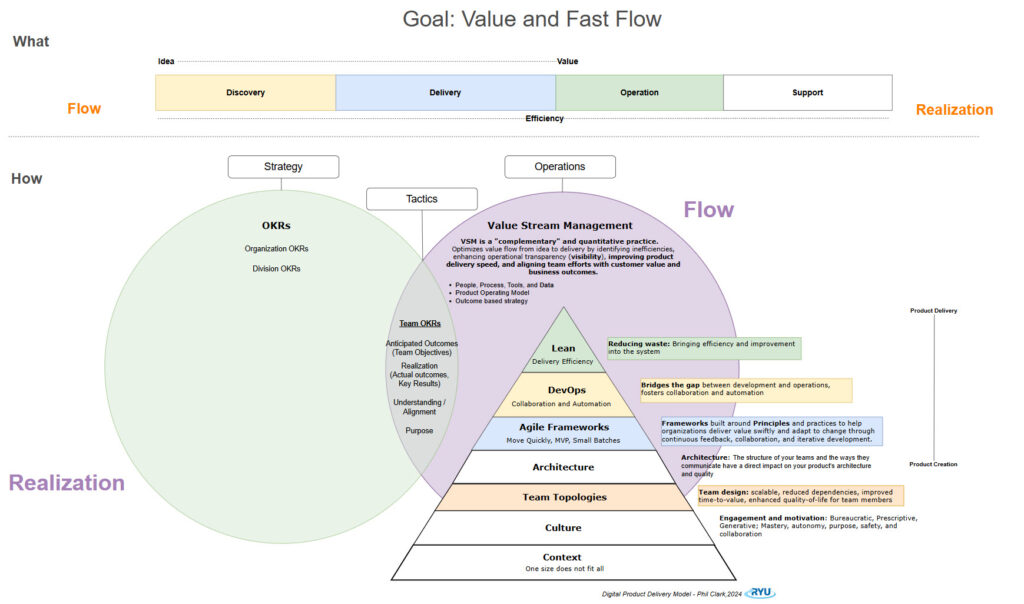
ROI for Engineering Teams
By evaluating the return on investment (ROI) of our cross-functional teams—comparing development costs with the financial benefits of improved features or business outcomes—we can make smarter decisions about resource allocation while showcasing the measurable impact of our engineering efforts.
Summary
It’s time to demystify technology’s role in business success. By adopting an outcome-based approach, defining actionable OKRs, and framing decisions regarding business value, we enable technology to drive growth. These practices don’t just justify investments—they link technology investments to business results and create a roadmap for long-term success.
This mission is personal to me: to reshape how organizations perceive technology—from a cost center to a catalyst for innovation, growth, and customer satisfaction. This transformation demands connecting technical decisions, code, and architectural choices to measurable outcomes. When we align technology with clear business and customer value, we not only bridge the gap between investment and impact—we close it entirely.
Next in the series
In the next article, I’ll share how a personal leadership epiphany can transform our engineering organization from a cost center into a strategic partner, with practical insights for driving business results. Read Now →
Poking Holes
I invite your perspective on my posts. What are your thoughts?.
Let’s talk: [email protected]



